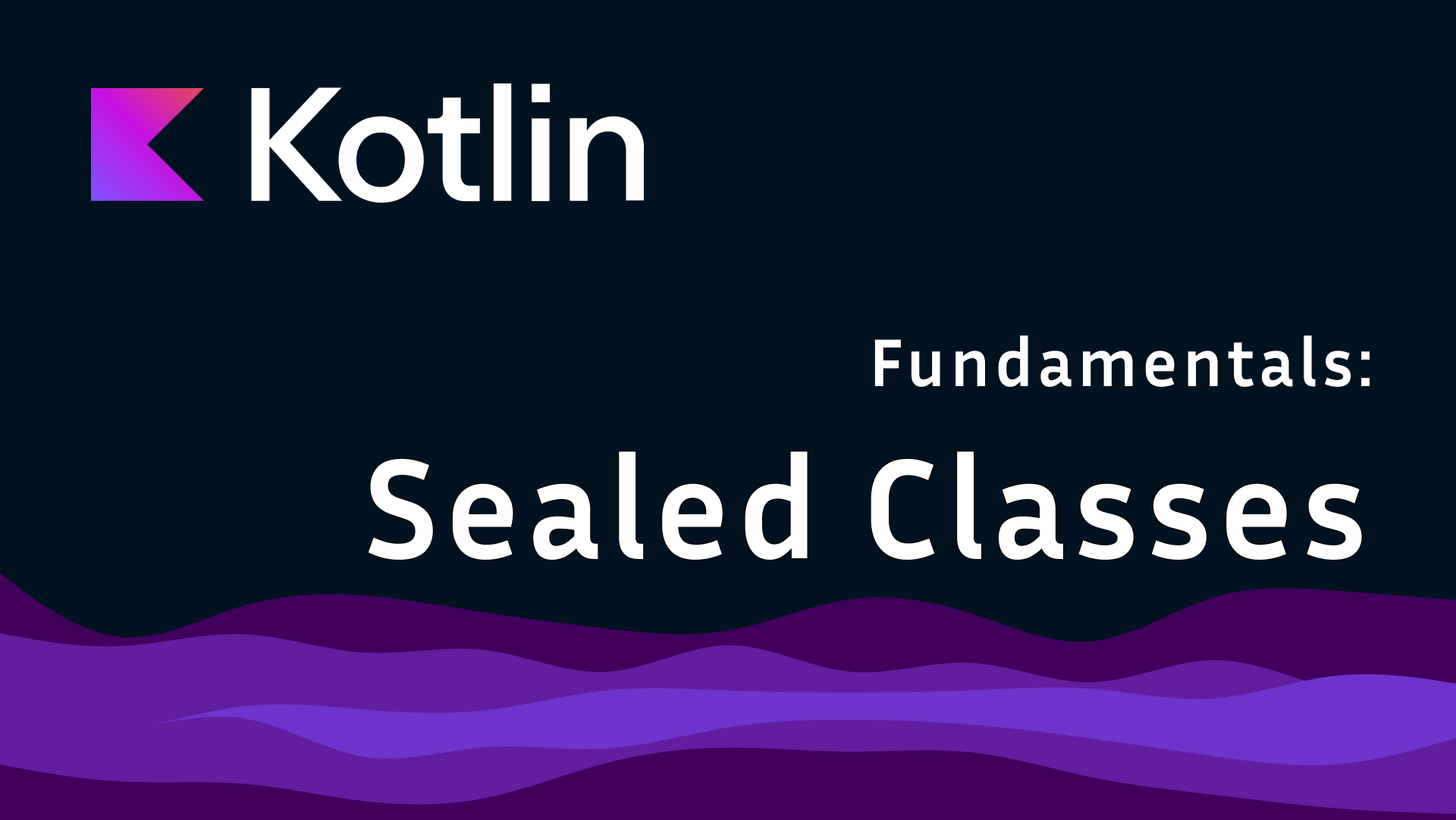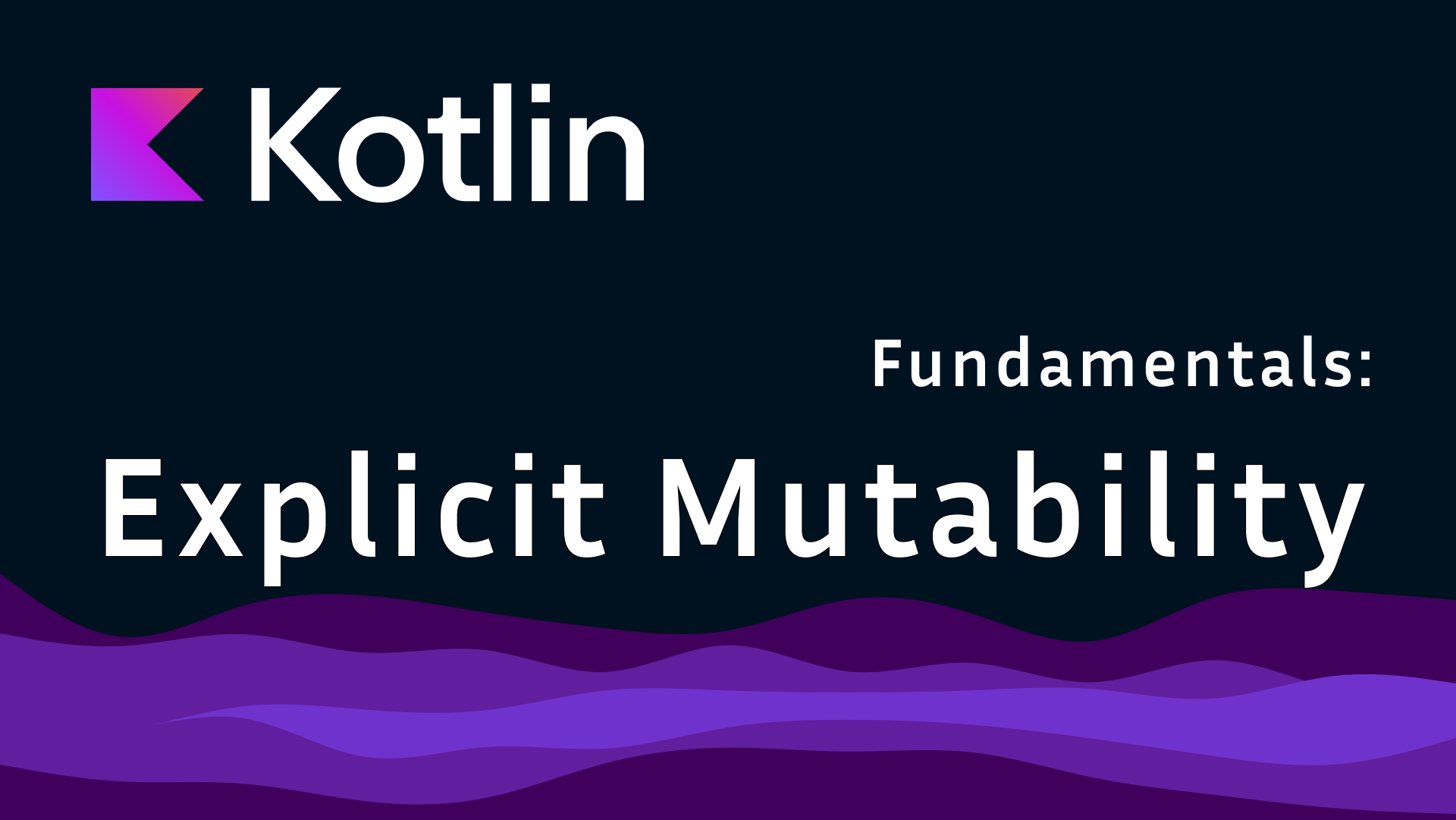As software craftsmen, we constantly look for ways to write clean, concise code that is both easy to understand and maintain. One of Kotlin’s most powerful features that can help achieving that is the data class. Data class offer a concise way to create objects that serve as simple data containers, automatically providing essential functionality that would otherwise require extensive boilerplate code.
In this comprehensive guide, we’ll dive deep into Kotlin data classes, exploring their features, benefits, and best practices. We’ll cover from basic usage to advanced techniques, helping you use the full power of this fundamental Kotlin feature.
What Is A Data Class?
A data class is a class specifically designed to hold data rather than behavior. These classes automatically generate
substantial boilerplate code that you would otherwise have to write yourself. This includes methods like toString(), equals(),
hashCode(), and copy().
Syntax
To declare a data class you use the data keyword before the class definition. Here’s the basic syntax:
1
data class Person(val name: String, var age: Int)
Notice that you may define immutable (preferred, defined with val) as well as mutable (var) properties.
Features
Kotlin’s data classes come with several very useful features:
Autogenerated Utility Functions
Data classes automatically provide implementations for:
toString()for readable string representationequals()for structural equality comparisonhashCode()for consistent hash code generationcopy()for easy creation of modified instances
Having those methods generated ensures consistent and correct implementation as well as reduces boilerplate.
Concise Syntax
Data classes significantly reduce boilerplate code. A single line can replace many lines in other languages:
1
data class Product(val id: Int, val name: String, val price: Double)
Additionally, to concise syntax making code more clean and understandable, it makes the intent of the class (to hold data) immediately clear.
Destructuring Declarations
Data classes support component functions (componentN()), allowing easy destructuring:
1
val (name, age) = Person("Alice", 25)
The syntax enables easy unpacking of object properties, which can enhance readability in certain situations.
Immutability Support
Data classes can be made immutable by using ‘val’ for properties:
1
data class ImmutablePerson(val name: String, val age: Int)
Inheritance
Data classes are final, but they can extend classes or implement interfaces
1
2
interface Printable
data class Report(val title: String) : Printable
The above features make data classes in Kotlin powerful tools for creating simple, efficient, and functional data-holding objects with minimal code.
Advanced Features and Customization
Overriding Generated Functions
While Kotlin generates most of the boilerplate code, you can still customize the behavior of data classes by overriding the generated methods. For example:
1
2
3
4
5
data class Person(val name: String, val age: Int) {
override fun toString(): String {
return "Person's name is $name and age is $age"
}
}
Named and Default Arguments
Kotlin allows you to provide default values for properties and use named arguments, making the creation of instances more flexible:
1
2
3
4
5
data class Person(val name: String = "Unknown", val age: Int = 0)
println(Person()) // Prints "Person(name=Unknown, age=0)"
println(Person(name = "Alice")) // Prints "Person(name=Alice, age=0)"
println(Person(age = 25)) // Prints "Person(name=Unknown, age=25)"
Used With Sealed Classes
Sealed classes and data classes can be used together to represent complex data hierarchies. A sealed class restricts the hierarchy to a limited set of subclasses, which can be data classes:
1
2
3
4
5
6
7
8
9
10
11
12
13
sealed class Shape {
data class Circle(val radius: Double) : Shape()
data class Rectangle(val width: Double, val height: Double) : Shape()
data class Square(val side: Double) : Shape()
}
fun describeShape(shape: Shape) = when (shape) {
is Circle -> "Circle with radius ${shape.radius}"
is Rectangle -> "Rectangle with width ${shape.width} and height ${shape.height}"
is Square -> "Square with side ${shape.side}"
}
println(describeShape(Square(12.0))) // Prints "Square with side 12.0"
Best Practices
Prefer Immutability
Although data classes allow defining mutable properties (using var), they can lead to unexpected behavior and bugs as
described in Explicit Mutability post. Whenever possible,
use val to declare properties in data classes to make them immutable. This ensures that the state of the object
cannot be changed after it is created, promoting safer and more predictable code.
Avoid Complex Logic in Data Classes
Data classes are intended to hold data, so avoid including complex logic within them. Keep them focused on representing the state and use other classes or functions to handle the behavior.
Leverage Destructuring Declarations
Destructuring declarations can simplify your code when you need to extract properties from a data class instance. Use them to enhance readability and reduce boilerplate.
Keep Size Under Control
While data classes are convenient, avoid creating excessively large data classes with many properties. This can make the class difficult to manage and understand. Consider breaking it down into smaller, more focused classes.
Conclusion
Kotlin’s data classes are a powerful feature that significantly reduces boilerplate code and simplifies the development process. They are designed to hold data and automatically generate useful methods, promoting immutability and providing a clean, expressive syntax. By leveraging data classes in your Kotlin applications, you can write more concise, readable, and maintainable code. Following best practices and understanding the common pitfalls, you help can harness the full potential of Kotlin data classes and improve the quality of your codebase.




